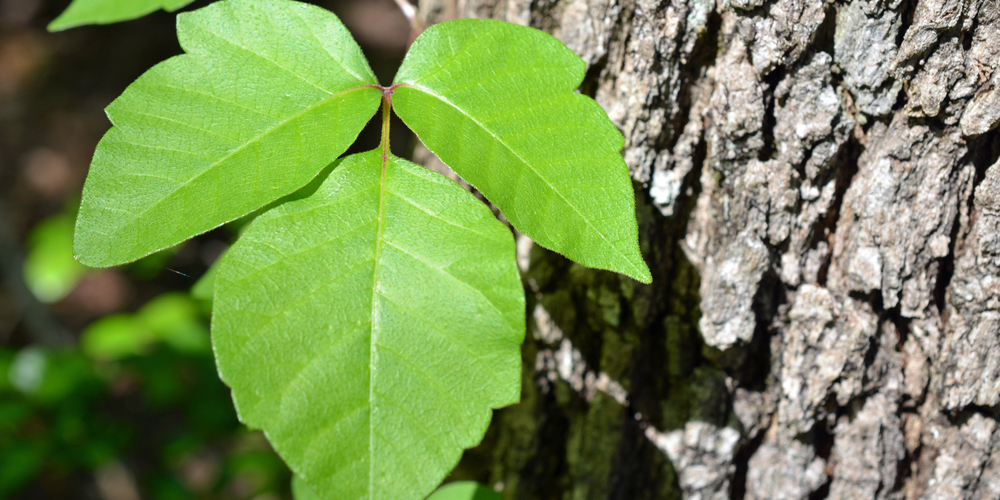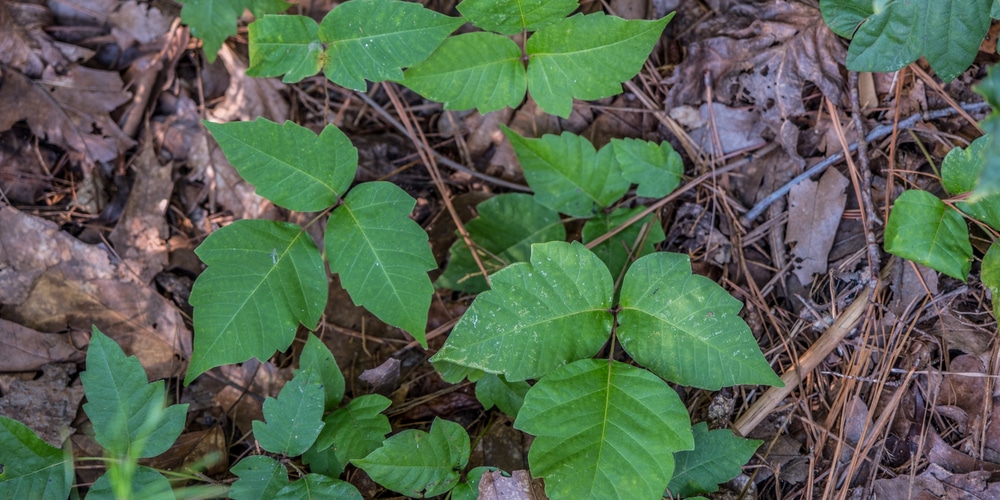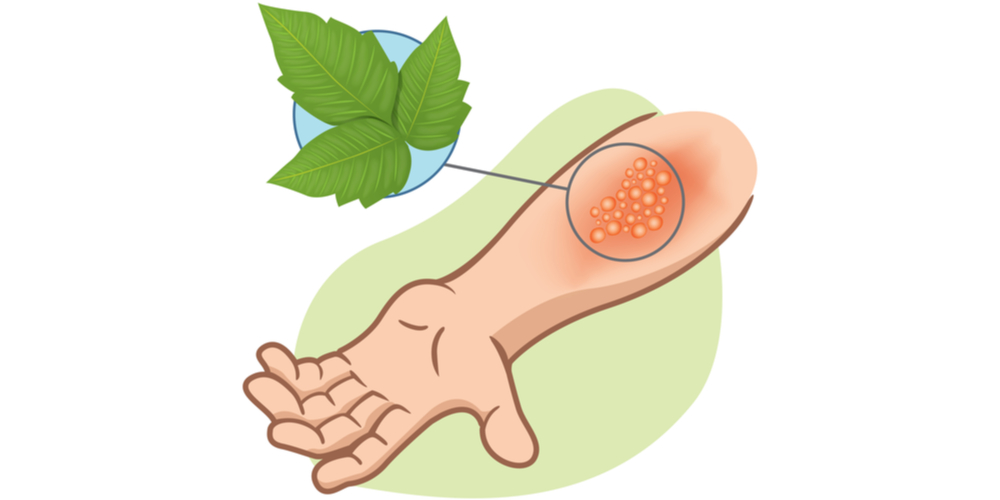Many people across the globe enjoy the looks and smell of beautiful plants. This is one of the main reasons you will see vibrant flowers and plant arrangements in bedrooms, kitchens, and virtually every room in a home today. There are some plants that you’ll need to avoid, such as poison ivy, which grows in Georgia.
You may also see huge plants with big leaves in business offices that match the office’s decor. Whatever the location, plants can instantly add a certain amount of life to any room.

However, it is important to note that not all plants are the same. This is primarily because some plants can be a real problem to homeowners that have these plants on their property.
More importantly, there is one species of plant that can wreak havoc whenever someone comes in contact with it. This plant is known by the name of poison ivy. In fact, just the name poison can easily spark fear in the heart of anyone that has seen or had an encounter with this poisonous plant.
Subsequently, for those of you who want to know more about its presence in states like Georgia, and how to identify it, here are a few things that you should know.
Poison Ivy Georgia- Does it grow in Georgia
The question is, does poison ivy grow in the state of Georgia? The answer to this question is yes. Yes, poison ivy can be found growing in different locations all over this state.
Therefore, if you want to protect your friends and family when you are in this area, you need to make sure that you do not come in contact with this plant at any point. However, you can only do this if you know what to look for.
What is Poison Ivy Natural Habitat in Georgia
As you look for this information online, you will see that Georgia is the home of many different indigenous plants, including a few that are poisonous. Because Georgia’s wilderness areas have an environment that allows them to thrive well, they can continue to grow each year.
In fact, you can find poison ivy in these areas as a common plant for a number of different reasons. Here are just a few reasons why these plants can live and grow in these areas.
- Land is moist
- Lots of wooded areas in their wildernesses
- Forests that can be described as deciduous (leaves shed in this places annually
You can also find poison ivy in other places around the state in Georgia. Therefore, you may see poison ivy in its pastures, along the fences, in ornamental plants and a wide range of other types of areas (i.e. non-cropland locations).
In general, this plant can be found in places all over the state’s landscape, including on the property of homeowners.
How to Identify Poison Ivy in Georgia
Now that you know where to look for poison ivy in Georgia, you need to know how to identify poison ivy when you see this plant. First of all, to make sure that you know how to identify this plant without making a mistake, you need to know how to count and observe.
According to information published by Walter Reeves in Decatur Georgia, there are some plants that look just like poison ivy but they are not. So, you need to know how to make the distinctions in advance.
For instance, here are a few examples that look like poison ivy but fail the test of possessing the exact characteristics (i.e. rule of thumb, a poison ivy plant has 3 green leaves).
Box Elder Maple – The box elder maple has 3 green leaves, and a stem that is red. Also, when it grows it looks very similar to a tree more than anything else. Yet, it is not classified as a poison ivy plant.
Virginia Creeper – The Virginia creeper has 5 green leaves, which means it is not a poison ivy plant. However, when you find it in the woods it is normally mixed in with poison ivy plants.
As you can see, plants that have 3 green leaves are only part of its description. You need to look for more evidence to make this determination. So, here is what you should look for.
- 3 green Leaves
- Red and purple in the center where all of the leaflets come together
- Hairy vines growing up the sides of a tree, it’s most likely poison ivy
Poison Ivy Georgia: Conclusion
Whenever you are in the state of Georgia, you need to pay close attention to the plants that you see outdoors. Because the environment in this state is just right for plants like poison ivy, you may see them growing in areas that are damp, wooded, and in their forests. So, you need to know exactly what to look for before you.
By learning this information in advance, you can avoid the itchy irritations that it causes to your skin. And, you can eliminate the need for seeking medical attention if you have a bad reaction to this poisonous plant.

